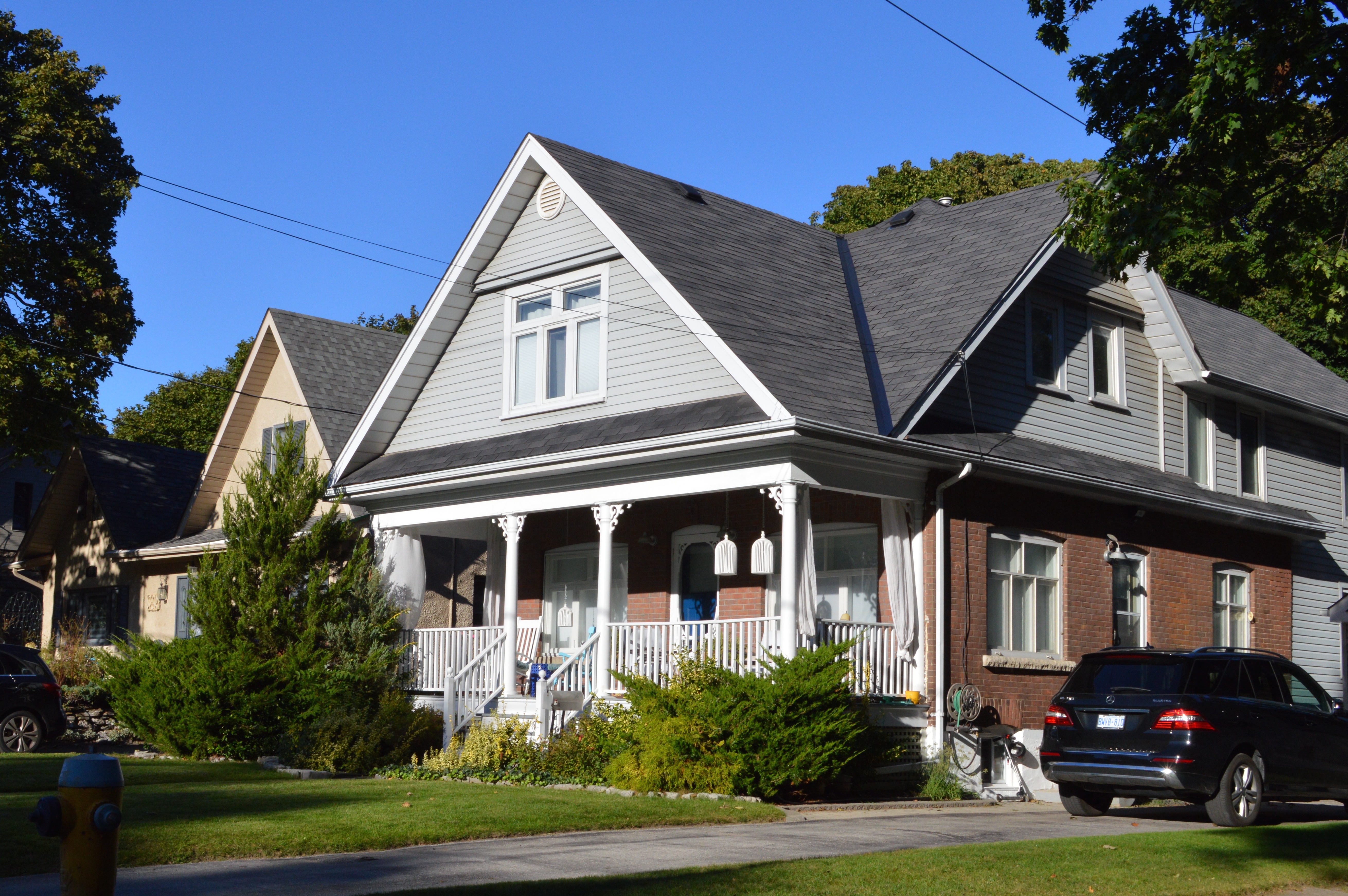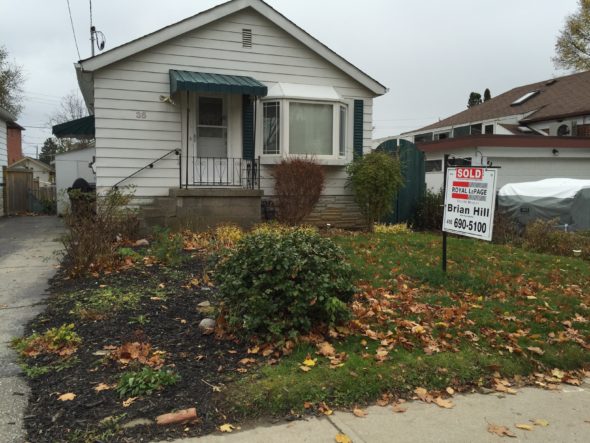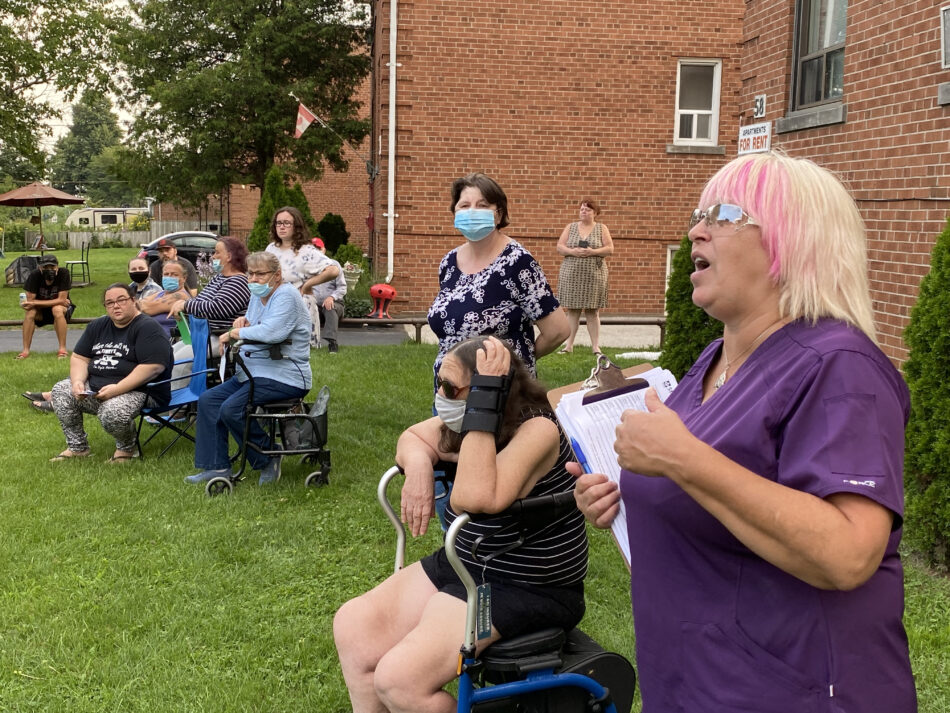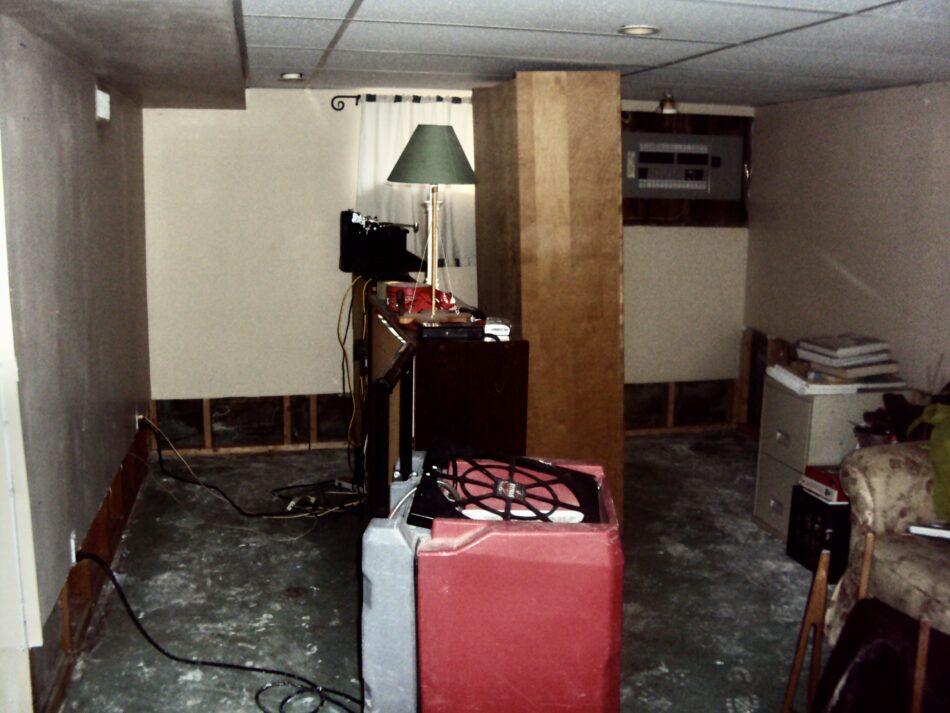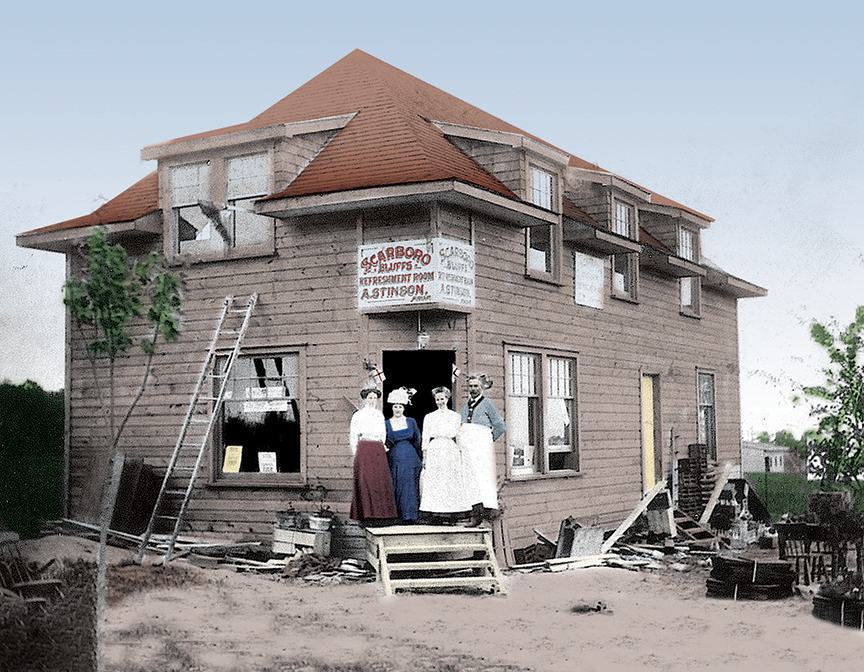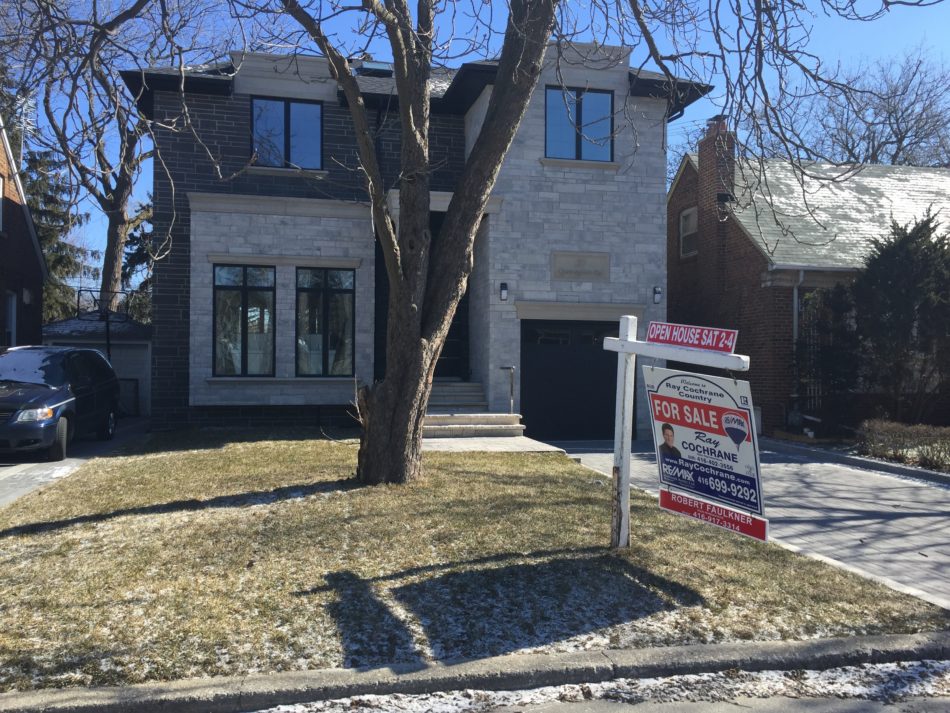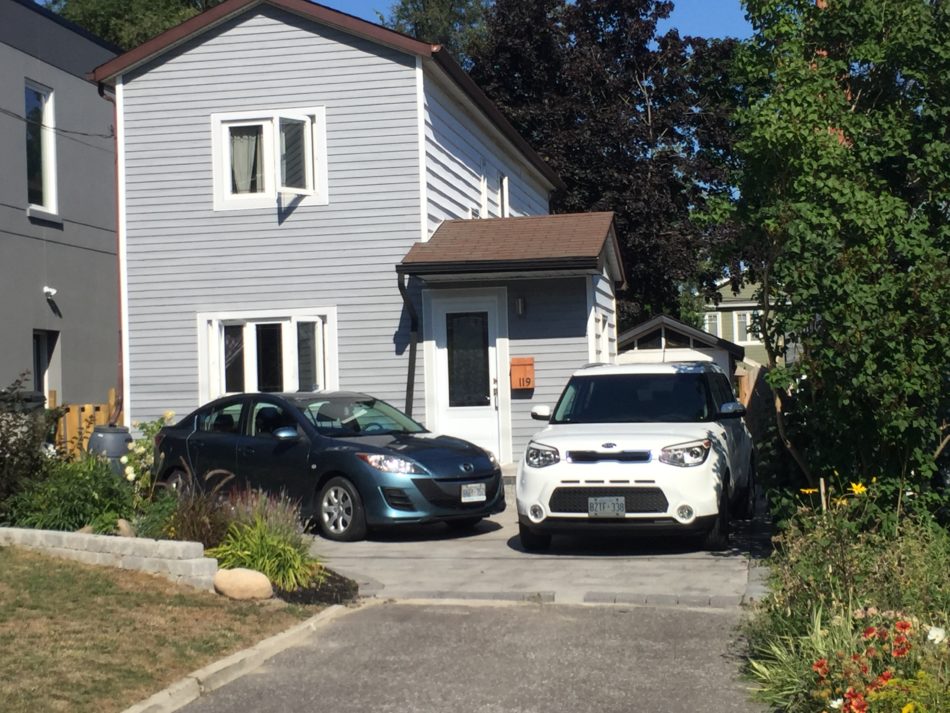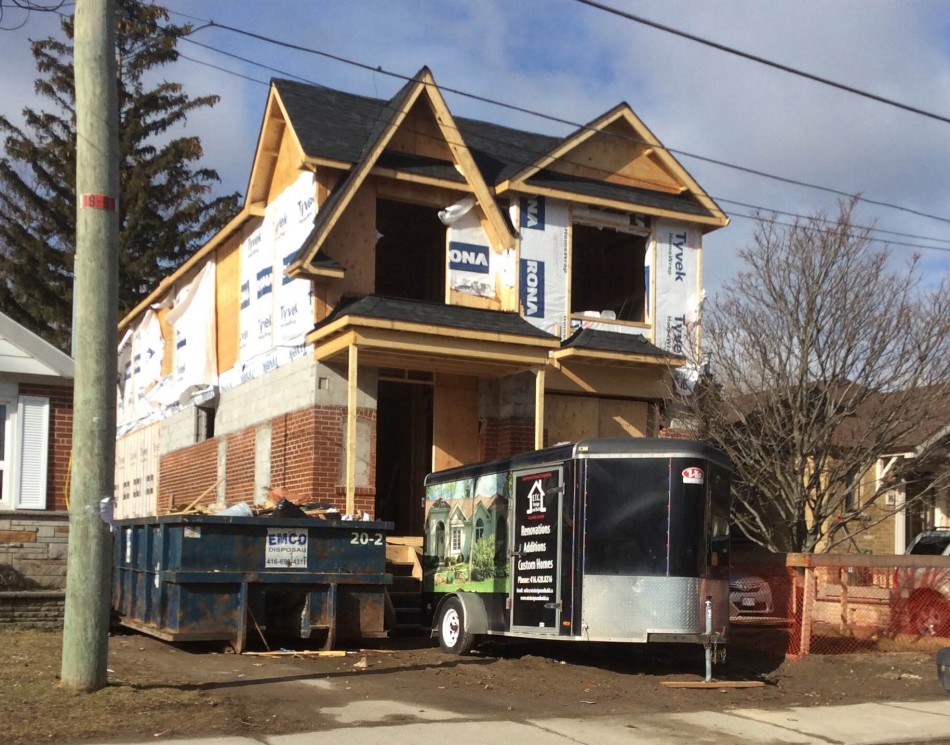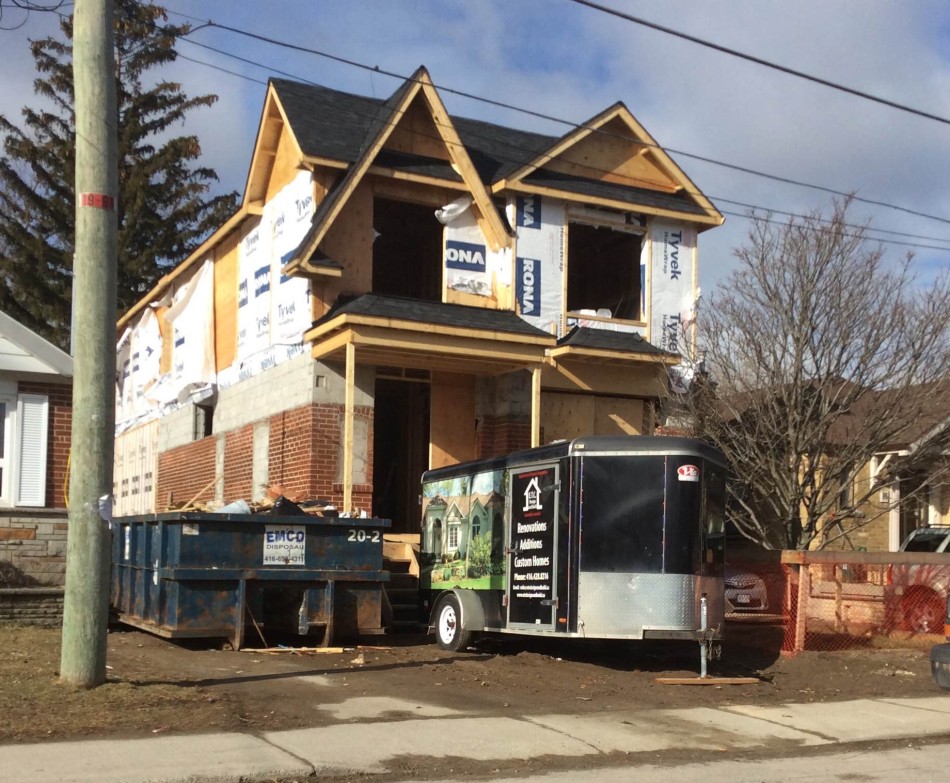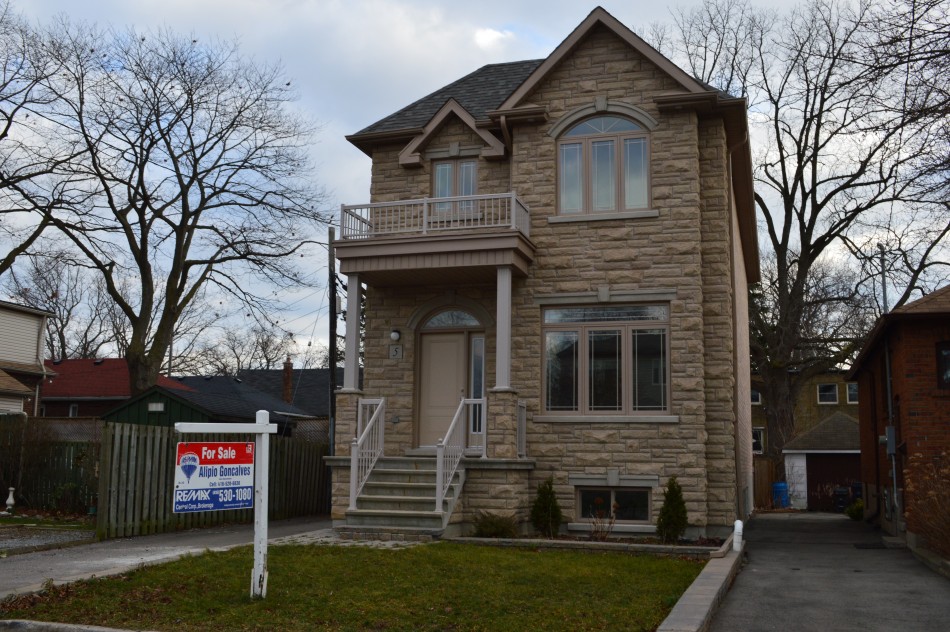By Michael McCann
October was a month of change for our housing market.
On Mon. Oct. 17 the federal government’s new mortgage rules went into effect and on Wed. Oct. 26 the Canada Mortgage and Housing Corporation (CMHC) issued a statement addressing serious concerns of affordability issues in a number of real estate markets.
The focus of both of these moves was to address the incredibly hot housing market and both will certainly have an impact.
Their intention was to steer away from a major house price correction to potentially avoid what occurred in the US housing market in 2008.
If you want a refresher on what happened in the US check out the feature film “The Big Short” ,which is presently airing on Netfix. It pretty much nails it.
The CHMC issued its first ever red warning for Canada’s housing market. Both Vancouver and Toronto were cited, but Calgary, Saskatoon and Regina were also identified as having potential problems on the horizon.
These markets are seen to have elevated housing prices as well as buyers incurring high levels of indebtedness.
The CMHC’s move was a cautionary measure and it was the Federal Finance Minister, Bill Morneau, who introduced specific policies to cool down a overly heated housing market.
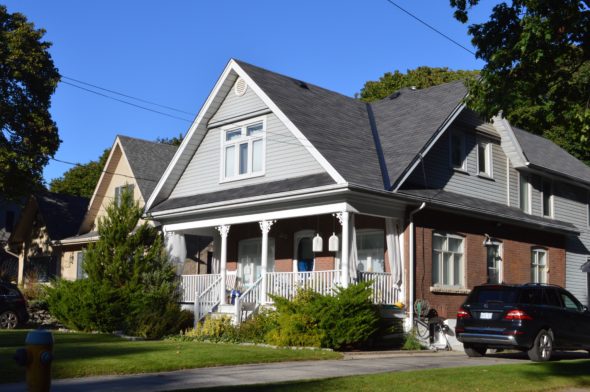 New mortgage rules
New mortgage rules
Morneau announced four major changes to Canada’s housing rules, however the two biggest ones are as follows:
1. Buyers who have a down payment of 5% of the purchase price of a home but less than 20% have always been backed by mortgage insurance. These types of loans are considered “high ratio” or “high loan-to-value” mortgages.
For these new buyers looking to get a mortgage they will now have to undergo a “stress test”. This means buyers will have to qualify at a higher rate to assure lenders they can still afford their mortgage if interest rates rise in the near future.
To put this in perspective, you now have to qualify at the Bank of Canada’s five year rate (4.64% on Oct. 24) which is almost 2% more than what a buyer could negotiate with a lender.
2. There are new reporting rules regarding capital gains as it relates to primary residence. As always, with the sale of a primary home, any gain still remains tax free.
Where tax officials are cracking down will be on those foreign investors who have been claiming the tax exemption to which they are not entitled.
So what is the impact on Birch Cliff? A shrinking of potential buyers who will no longer qualify for the kind of mortgage they previously could.
I think both announcements are timely. We all know that a cooler market might be the best medicine in avoiding a nasty housing price drop.
Birch Cliff – Cliffside Home Sales in September 2016 – 21 homes sold
- In September last year 19 homes sold with 21 selling in September this year
- Last September the average selling price was $617,895 and in September 2016 it was a whopping $997,205 – that’s an incredible 61% increase year over year
- It took 16 days on average to sell a home last September and 17 days last month
Toronto Real Estate Board
- 8,147 sales in September 2015 with September 2016 showing 9,902 – Up 21.5%
- The average selling price September 2015 was $627,867 and September this year $755,755 – Up 20.4%
- September last year it took an average of 22 days to sell a home where in September 2016 it was 16 days
Birch Cliff – Cliffside Home Sales in October 2016 – 24 homes sold
Birchcliff/Cliffside
- October 2015 22 homes sold while October 2016 it was 24
- The average selling price last October was $733,378 and this past October it was $833,663 – an increase of 14% year over year
- Last October it took 14 days on average to sell a Birchcliff home while this past October it was a single digit of 8 days
Toronto Real Estate Board
- 8,759 sales occurred in October last year and in October 2016 it was 9,768 – An increase of 11.5%
- In October last year the average sale price was $630,254 and this year the average price was $762,975 – Up 21.1% year over year
- It took 22 days for a house to sell last October and only 16 days in October 2016

